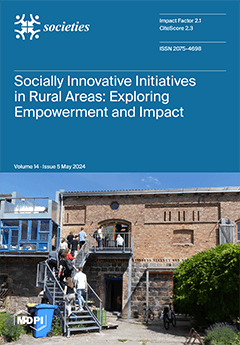This research aims to analyse the work of two international information verification agencies on TikTok—
MediaWise and
Politifact—according to their evolution, approach, content, and format. To this end, a quantitative approach has been used with an inductive content analysis with nominal variables,
[...] Read more.
This research aims to analyse the work of two international information verification agencies on TikTok—
MediaWise and
Politifact—according to their evolution, approach, content, and format. To this end, a quantitative approach has been used with an inductive content analysis with nominal variables, which offers specific nuances adapted to the unit of analysis. In a first phase, an empirical analysis was carried out, focusing on the measurement and quantification of the number of publications and interactions of the audience, from the time Fthey started operating on this platform until 31 December 2023. The total number of posts extracted was
N > 704, which generated
N > 4,166,387 user responses. In a second phase, an in-depth content analysis of all the posts published by these two agencies in four months (October and November 2021 and October and November 2023) was carried out, allowing us to analyse their evolution, but also to compare the two agencies in terms of approach, themes, and style. The most important findings show that both agencies adapt the style and narratives to this social network through the use of dynamic resources, a casual and informal tone, and elements of humour. In addition, both contribute to public reason through different strategies:
MediaWise focuses on media literacy and
Politifact on verification, using resources, effects and content in line with that purpose. Finally, we observe a downward evolution in terms of reach and impact on the audience, as well as a lower dynamism in 2023 than in 2021, which opens the door to future lines of explanatory research that delve deeper into possible causes.
Full article





